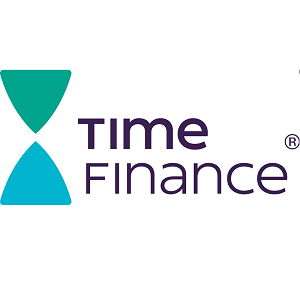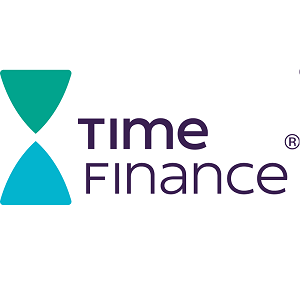When businesses look to acquire assets, they have the option to pay upfront with cash or finance the purchase through a finance lease or hire purchase. Both methods can cover a variety of business equipment, including both hard and soft assets, but they operate differently. This article delves into the distinctions and benefits of each method.
A finance lease, also known as leasing, involves the funder purchasing the asset and leasing it to the business in exchange for monthly payments over a set period. At the end of the lease, the business may have options to extend the lease, upgrade to a similar item, or return the asset.
Hire purchase, on the other hand, allows a business to acquire an asset from the lender over a specified period. The business typically makes an initial lump sum payment at the start, followed by fixed payments throughout the term, and a final payment at the end to secure ownership of the asset.
The benefits of hire purchase include immediate use of the asset without full payment, eventual ownership, complete control over the asset after the final payment, and potential VAT deferrals which can reduce upfront costs. This arrangement provides businesses with long-term access to new machinery, cars, and equipment, offering flexibility and control over the assets they acquire.
Finance leases offer the advantage of lower initial costs, allowing businesses to acquire assets quickly without a large upfront payment, thus protecting working capital. Additionally, the leasing company may handle repairs or replacements and offer maintenance support. This method is beneficial for businesses that require frequent technology upgrades or have changing needs, as leasing terms can be more flexible. VAT-registered companies can also reclaim VAT on the cost of the asset, providing tax benefits.
The primary difference between finance leases and hire purchase agreements is asset ownership. In a lease, the leasing company retains ownership of the asset, while in a hire purchase agreement, the business eventually gains ownership. When deciding between the two, businesses should consider their long-term needs for the asset. Generally, hire purchase is more appealing for long-term use as it allows the cost to be spread over a longer period.
At Time Finance, we collaborate with Asset Finance brokers across the UK to offer financing options that support business growth and investment plans. For more information on how Asset Financing can benefit your clients or to discuss an existing proposal, contact our team of Broker Managers today.
Businesses must weigh their immediate and long-term needs when choosing between a finance lease and hire purchase. Each method has unique benefits that can align with different business strategies and financial situations.
Time Finance plc (LON:TIME) is an AIM-listed business specialising in the provision or arrangement of funding solutions to UK businesses seeking to access the finance they need to realise their growth plans. Time Finance can fund businesses or arrange funding with their trusted partners through Asset Finance, Invoice Finance, Business Loans, Vehicle Finance or Asset Based Lending.


